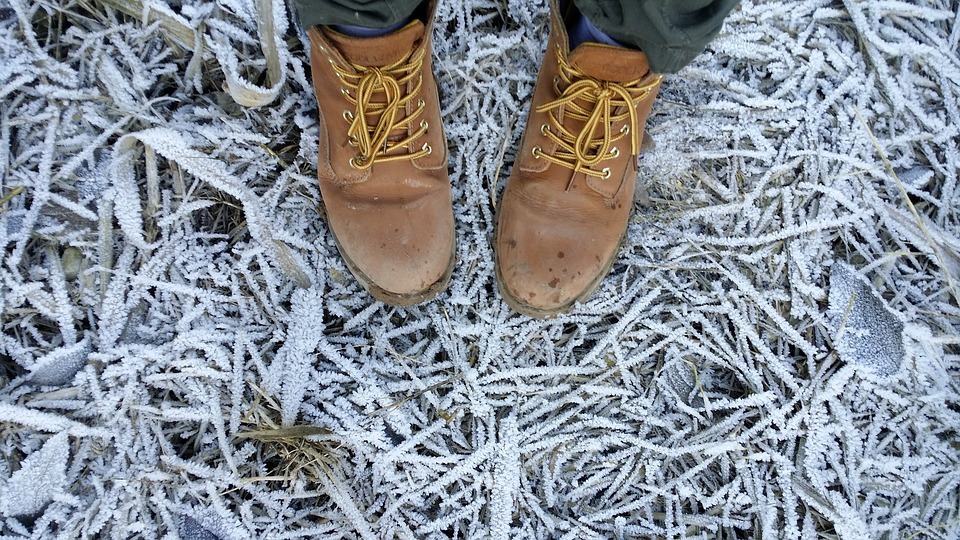
How to prevent frostbite
The cold and windy weather has come, which means staying bundled and warm is important this winter! Without proper insulation, frostbite can occur.
Frostbite is a treatable but potentially serious condition, where both the skin and underlying tissue (fat, muscle and bone) become frozen. The skin may feel hard to the touch and can appear white and waxy. Some symptoms of frostbite include: swelling, numbness, itching, burning and deep pain as the area is warmed. Serious cases of frostbite can kill and damage tissue to the extent that amputation is required.
How to prevent frostbite in Canadian weather
In Canada, more than 80 people die from cold over-exposure and many more suffer dramatic injuries as a result of frostbite and hypothermia in a given year. Frostbite can happen within minutes to uncovered body parts in very cold conditions with a high wind-chill factor.
Mild frostbite (frostnip) affects the outer skin layers and appears as a blanching or whitening of the skin. In severe cases, the frost bitten skin will appear waxy looking with a white, greyish-yellow or greyish-blue colour. The affected parts will have no feeling (numbness) and blisters may be present. Other symptoms that indicate frostbite are swelling, itching, burning and deep pain as the area is warmed.
How can you prevent frostbite?
- Wear several layers of light, loose clothing that will trap air, yet provide adequate ventilation that lets perspiration evaporate.
- Be sure your clothing and boots are not tight. A decrease in blood flow increases the risk of frostbite.
- Coverings for the head and neck are important.
- Protect your feet and toes. Wear two pairs of socks. Wool is best.
- Mittens are warmer than gloves. Wear lightweight gloves under mittens so you’ll still have protection if taking off your mittens.
- It is important to seek medical attention if signs of frostbite are suspected.
As we continue to head into the heart of the winter season, remember to stay warm and bundled!
Turn on a fan. Stand in front of it. You will feel colder because of the wind cooling your skin, but the temperature in the room has not changed. You cannot make the room any colder, no matter how high you turn up the fan. Similarly, no matter how strong the wind blows, the temperature of the air outside does not change. Now dab some water on your skin. Stand in front of the fan again. The wet skin will feel much colder. This demonstrates how important it is to stay dry when outdoors in cold and windy conditions. (Source: Environment and Climate Change Canada)
DO:
- Seek medical attention.
- Re-warm injury under medical supervision, if possible.
- Get to a warm place. Stay warm after thawing.
- Rest the injured areas (avoid walking on frost bitten feet, etc.).
- Leave the blisters intact. Cover with a sterile or clean covering if protection is needed to prevent rupturing.
- Keep the affected parts as clean as possible to reduce the risk of infection.
- Elevate the affected area above the level of the heart.
- Make sure your tetanus booster is up to date (within 10 years).
DO NOT:
- Do NOT allow your injury to thaw then refreeze. This is very dangerous and can cause serious or permanent injury. It is better to delay warming (for example, keep walking to a permanent shelter rather than warm frozen toes at a temporary shelter – then expose them to more cold on the rest of the trip.)
- Do NOT use dry heat (sunlamp, radiator, heating pad, etc.) to thaw the injured area.
- Do NOT thaw the injury in melted ice.
- Do NOT rub the area with snow.
- Do NOT use alcohol, nicotine or other drugs that may affect blood flow.
